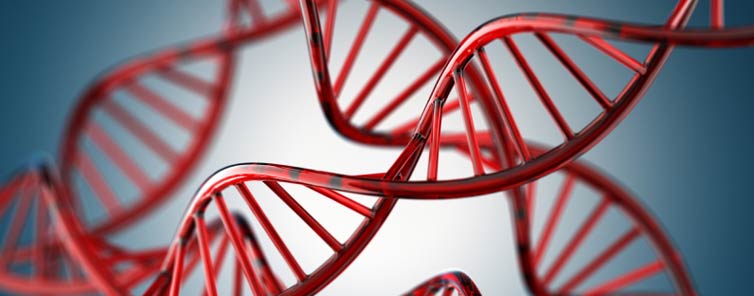KAPOSI SARCOMA
Kaposi Sarcoma (KS) is a form of cancer that develops typically from exposure to the HHV8 virus, a type of Herpes simplex virus. HHV8 can lay dormant in the body and develop when and if the immune system is dramatically weakened. KS arises from the cells that line lymph or blood vessels. KS lesions can occur internally in lymph nodes and visceral organs, externally on various parts of the body or both internally and externally.
Some cancers are classified by where in the body it occurs such as breast cancer, liver cancer or lung cancer. KS is categorized by the population it affects. There are several distinct types of KS:
EPIDEMIC AIDS-RELATED KAPOSI SARCOMA
AIDS-Related Kaposi Sarcoma occurs in HIV positive men who have sex with men in the United States and in people with AIDS, mostly adults, in Africa. The incidence of KS has dropped dramatically since the advent of HIV antiretroviral therapy in the mid 1990’s but it is still the predominant cancer experienced by people living with HIV worldwide. KS normally occurs once an HIV-positive persons CD4 count has dropped below 200 CD4 cells per microliter.
In 2007, reports began to emerge of KS occurring in HIV positive gay men with CD4 levels as high as 600 cells per m/L.
This type of KS primarily affects older men in the Mediterranean, Middle Eastern and Eastern European regions and is typically not as severe as endemic or AIDS-related KS. Women can also develop Classic KS but at a lower frequency than men.
CLASSIC (MEDITERRANEAN) KAPOSI SARCOMA
This type of KS primarily affects older men in the Mediterranean, Middle Eastern and Eastern European regions and is typically not as severe as endemic or AIDS-Related KS. Women can also develop Classic KS but at a lower frequency than men.
ENDEMIC (AFRICAN) KAPOSI SARCOMA
Endemic KS occurs in HIV negative men , women and children in Africa. There are two types of endemic KS:
- African Lymphadenopathic Kaposi Sarcoma occurs mainly in children before puberty in sub-Saharan Africa. It affects the lymph nodes and possibly the skin and is often life-threatening.
- African Cutaneous Kaposi Sarcoma normally afflicts men under age 50 in tropical regions of Africa. Lesions present primarily on the limbs.
Endemic Kaposi Sarcoma has become the most prevalent form of cancer in men and the second in incidence among women.
LATROGENIC (TRANSPLANT-ASSOCIATED) KAPOSI SARCOMA
This form of KS occurs in transplant patients with HHV8 who have taken drugs to suppress their immune system in order to decrease the likelihood of the body rejecting the transplanted organ. Latrogenic KS is usually mild and lesions often disappear once the drugs are discontinued.
Cannabis Science will focus the development of Cannabinoid therapies for Epidemic (HIV-related) Kaposi Sarcoma.



